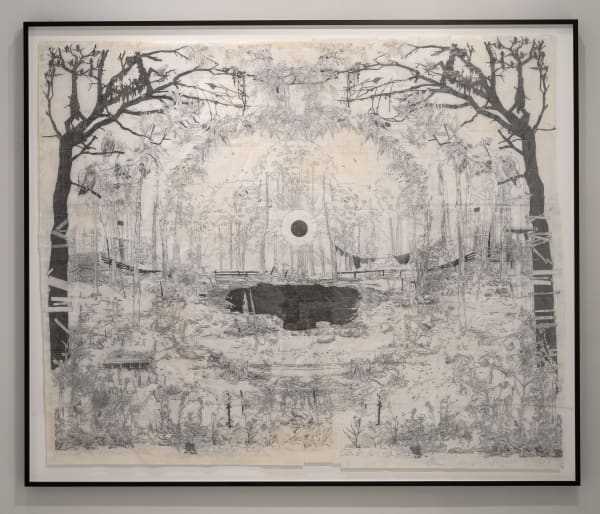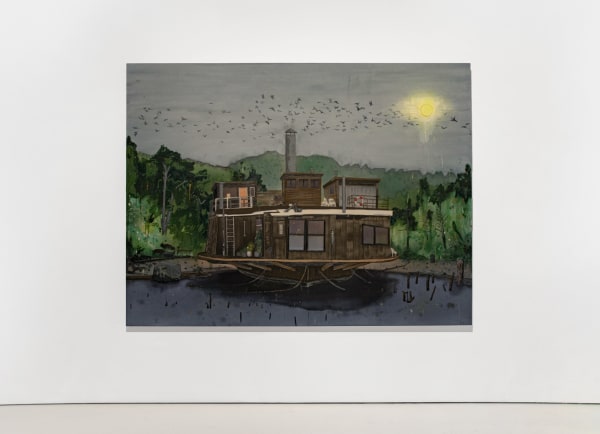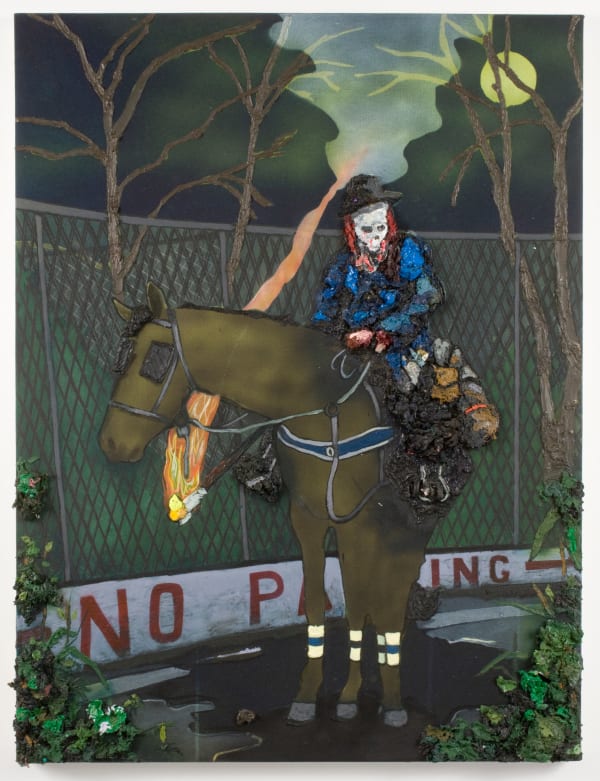Kent Dorn
-
-
"For me, the process of making is paramount, as I'm interested in how materials and the act of manifesting an image give rise to meaning."
-Kent Dorn
-
-

Untitled, 2010, Mixed Media on canvas, 36 x 48 in. Private Collection
-
"The paintings of Kent Dorn are paradoxical American visualizations, exclaiming their existence as valid while acknowledging the shallowness of their material nature. Dorn shines in his ability to makes us believe in a world so fragile. We identify with his figures as they navigate a world of dreams on their search for something beyond comprehension. They are examples of a sublime American vision that is as beautiful as it is eerie, one that invites us to suspend reality and get lost in search of a dream."
– Jonathan Beer
-
Drawings
-
Works
-
 "Home," 2014, mixed media on canvas, 72 x 96 in.
"Home," 2014, mixed media on canvas, 72 x 96 in. -
-
Exhibitions
-
Press
-

ART VALET: First Saturday, Second Chances: Houston’s Art Scene Shines
Mitch Cohen , The Leader, April 8, 2025 -

Glasstire: Top 5
Kent Dorn; "Garage Days"Glasstire, April 3, 2025 -

Irreality and America
on the Work of Kent DornJonathan Beer, Gulf Coast, June 1, 2013 -

Kent Dorn, ‘Remains’
Ken Johnson, The New York Times, December 9, 2010
-















